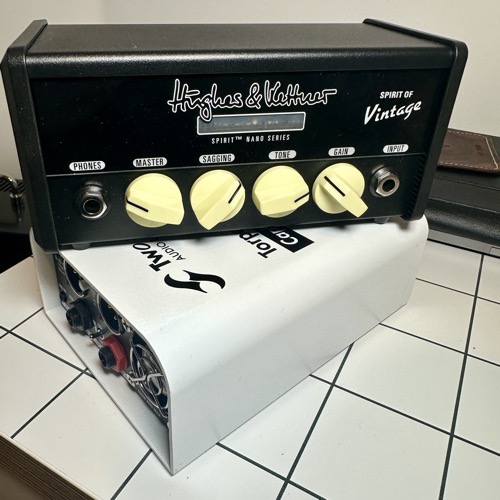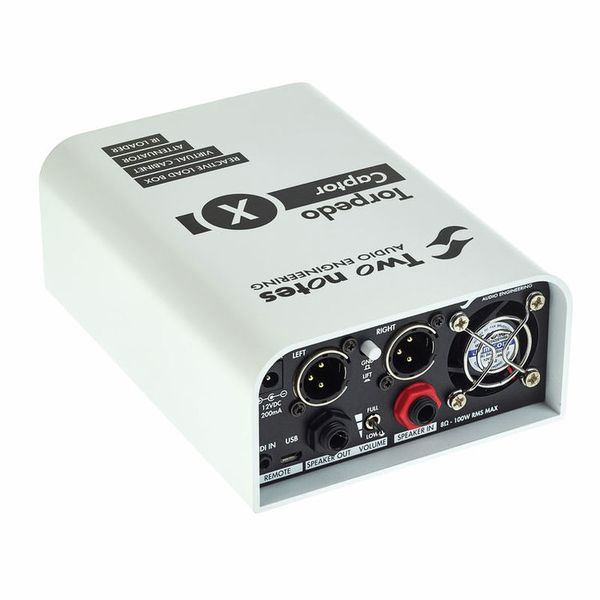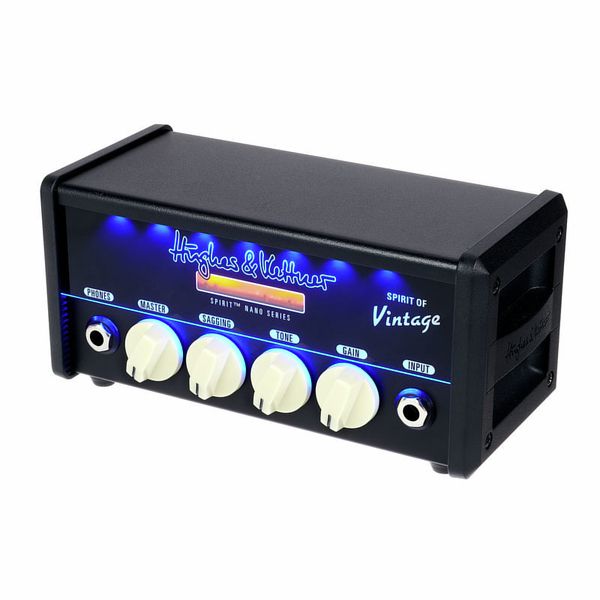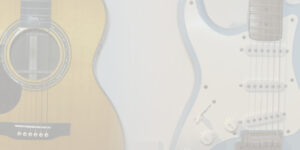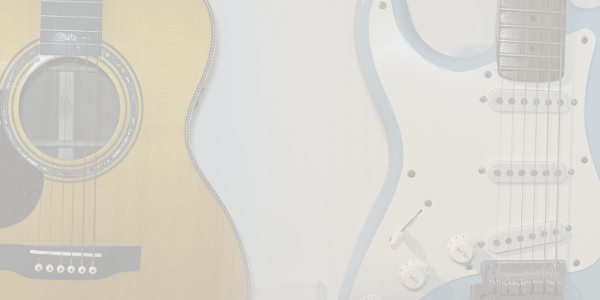
Who needs a Modeller! – Want a lightweight rig? Have we got the solution!
Introduction
I have played and gigged using tube amps, digital amps, modellers, and even a hybrid of each! My current setup consists of a tube amp, a handful of pedals, and a load box with a cab sim to run directly into the front of house, which I use with in-ear monitors (IEMs). I am loving this setup, and once you have it dialled in (which may require some tweaking), it sounds fantastic. However, it does mean carrying a fair amount of gear around. This is fine for a gig, but for weekly rehearsals, I prefer something smaller and easier to carry and set up. This lightweight rig is the perfect solution!
As we’ve mentioned in several articles, such as “How to load in Faster”, a quick setup allows you to rehearse longer and more effectively. With that in mind, I set myself a goal, tried out a few options, and settled on this one. Let’s go through the goal and see what I’m using!
What is the goal?
The goal is simple: reduce weight for rehearsals! create a lightweight rig! The main objective is to speed up setup time to maximize rehearsal efficiency, and part of achieving this involves carrying less gear. Of course, gigs are a different story, but in this article, we’re focusing solely on rehearsals.
Looking at my rig, the biggest item in terms of both weight and size is my amp—a 12-inch tube combo. It’s not the heaviest amp out there, but it is quite a load. Recently, I moved into a second-floor flat, which means carrying a lot of heavy gear every week for rehearsals has become quite a hassle. I don’t mind doing this for gigs, but for rehearsals, I want a small, lightweight rig that’s easy to grab and go. However, here’s the key: I want to maintain as much of my gigging rig’s sound and feel as possible!
How are we doing it?
So how are we managing to use such a tiny amp in rehearsals? Well, we aren’t doing anything differently! Since we use IEMs, I run my amp straight to the mixing desk using a Two Notes Torpedo Captor X (review coming soon). All I’ve done is swap out the tube amp for the Hughes and Kettner Spirit of Vintage head. It’s super easy, super quick, and makes for a super tiny rig! However, it does have its drawbacks and downsides.
Why use this setup instead of just using a modeller? Simply put, I love pedals and gear, and I really love my tube combo amp! I’ll continue to use it for gigs whenever possible. With that in mind, I already have guitars and a pedalboard that I’m happy with, so it’s easier (and far less expensive) to get a simple mini guitar amp head than to swap everything out for a modeller. Don’t get me wrong, modellers have their place, and I am considering one for review and for use in certain situations, but there’s no point in having to learn something entirely new when three-quarters of my rig is already set up!
The Result and Thoughts?
Better than I would have expected! Now, we did review the Spirit of Vintage a few years back, and I loved it then, but at the time, I never would have thought you could run it like this! It actually sounds really good. Running it through the Two Notes Torpedo Captor X and using a 4×12 cab sim, I was surprised at how big it sounded! Not only that, but it was also very dynamic. It’s super nice to play, easy to set up, lightweight, and sounds great! Is it as “nice” or as “dynamic” as my hand-built tube combo? Of course not! The combo does things the Spirit of Vintage can’t do. However, there are some things that the Spirit of Vintage excels at. Before we get into the drawbacks, let’s talk about what I loved about this lightweight rig.
What did I love about the lightweight rig?
What I love most about using the Hughes and Kettner Spirit of Vintage amp as a rehearsal amp is its size and weight. It doesn’t weigh much at all and is about the size of your average wah pedal, making it super simple to transport. It can fit into most backpacks and maybe even some gig bags. For me, going to rehearsal typically means carrying a guitar, a backpack (with my pedalboard, cables, etc.), and my amp. With the Spirit of Vintage, it fits inside the backpack, so now I only have to carry two things, with hardly any extra weight. Perfect!
Ease of Use
I wouldn’t say it’s the best-sounding rig I’ve ever played, but is it good enough for rehearsals and gigs in small spaces? Absolutely! Would the audience notice the difference? Not at all! Does it work well for getting me through rehearsals and learning new arrangements and songs? Absolutely! And it does so with ease.
Any Downsides of the lightweight rig?
A big turn-off for some people might be that this amp doesn’t have any built-in reverb. Right off the bat, I use the Two Notes software to add some reverb. You can then use the presets on the front of the unit to save different reverb settings. It’s not perfect, but for me—someone who tends to set and forget his reverb—it works well. However, if you want to run this amp “as an amp” (into a speaker), you’ll have to carry a reverb pedal. This brings me to the next point: it doesn’t have an FX loop! Personally, this doesn’t bother me, as I like to run my effects into the front. However, it’s surprising that they didn’t include one! This amp would have sold millions if it had a simple effects loop. That addition would have made it nearly perfect!
A few more Issues?
My biggest issue with the Spirit of Vintage is the power cable. It has a small power brick with a flimsy jack plug. I would have preferred a standard kettle plug—slightly bigger, but more professional and reliable. Carrying around a power brick all the time gets annoying. I’d much rather carry a short kettle plug!
When using this setup with a combo, I have peace of mind that if the load box stops working, I can switch to the combo and go old-school, using the amp as a backup. However, with the Spirit of Vintage, you don’t have that option. Although, given the price, you could buy two and carry a spare! It’s also worth noting that the reparability of this amp is minimal. You might be able to open it up and swap out some components, but for the most part, if it breaks, you’ll need to buy a new one. Not ideal in that regard—it’s a bit wasteful.
Would I Gig It?
So, the question on everyone’s mind is, “Would you gig it?” Honestly, yes, I would! Since my band uses in-ear monitors, volume and sound levels aren’t something I need to worry about. Getting good tones, however, is, and sometimes space is a top priority as well. So, the Hughes and Kettner Spirit of Vintage is perfect for those kinds of situations! You could carry your entire rig with one guitar bag and a backpack, set it up in minutes, and get great sounds. It’s also reasonably priced. If you already have the Captor X (or any load box) and your pedals, then the Spirit of Vintage is around £140, meaning you can use the pedals you already have and just swap the amp out.
The Spirit of Vintage makes for a great small gigging amp or even a backup amp! So, yes, I would absolutely gig this! In fact, I might do just that and then update this article with how it went! My only concern is that without carrying a cab—which would defeat the purpose of this whole exercise to minimize gear—you don’t have a backup way of running this amp.
Conclusion
Hopefully, this article has given you some ideas. As I said at the beginning, I didn’t want to switch to a modeller because I love the pedal setup I have and the tones I’ve achieved with it. I was just looking for something lighter and easier for rehearsals. Just to have a simple lightweight rig for rehearsals and then pull out the big boy at gigs!
I am aware that this approach is easier because I’m running a silent stage with IEMs. If I wasn’t, then the tube combo would actually be the simpler option, as it combines the amp and speaker in one. If you’re running an IEM setup where you mic a cab, this would be more challenging. In that case, I would look at something like a small digital combo for rehearsals.
I think the next thing to try, just out of curiosity, would be a full modeller rig! Maybe something like the Boss ME-90, a simple, affordable, and easy-to-use modeller. Maybe that’s something I’ll try, and then do a follow-up article on this topic. It would be interesting to compare all three rigs and find out which one is truly better.
If you want to support the site then please give us a follow on Instagram and subscribe to our YouTube.
Links to Products:
- Buy Hughes & Kettner Spirit of Vintage (Affiliate Link)
- Buy Two Notes Captor X (8ohms) (Affiliate Link)
Check out our other Articles here

